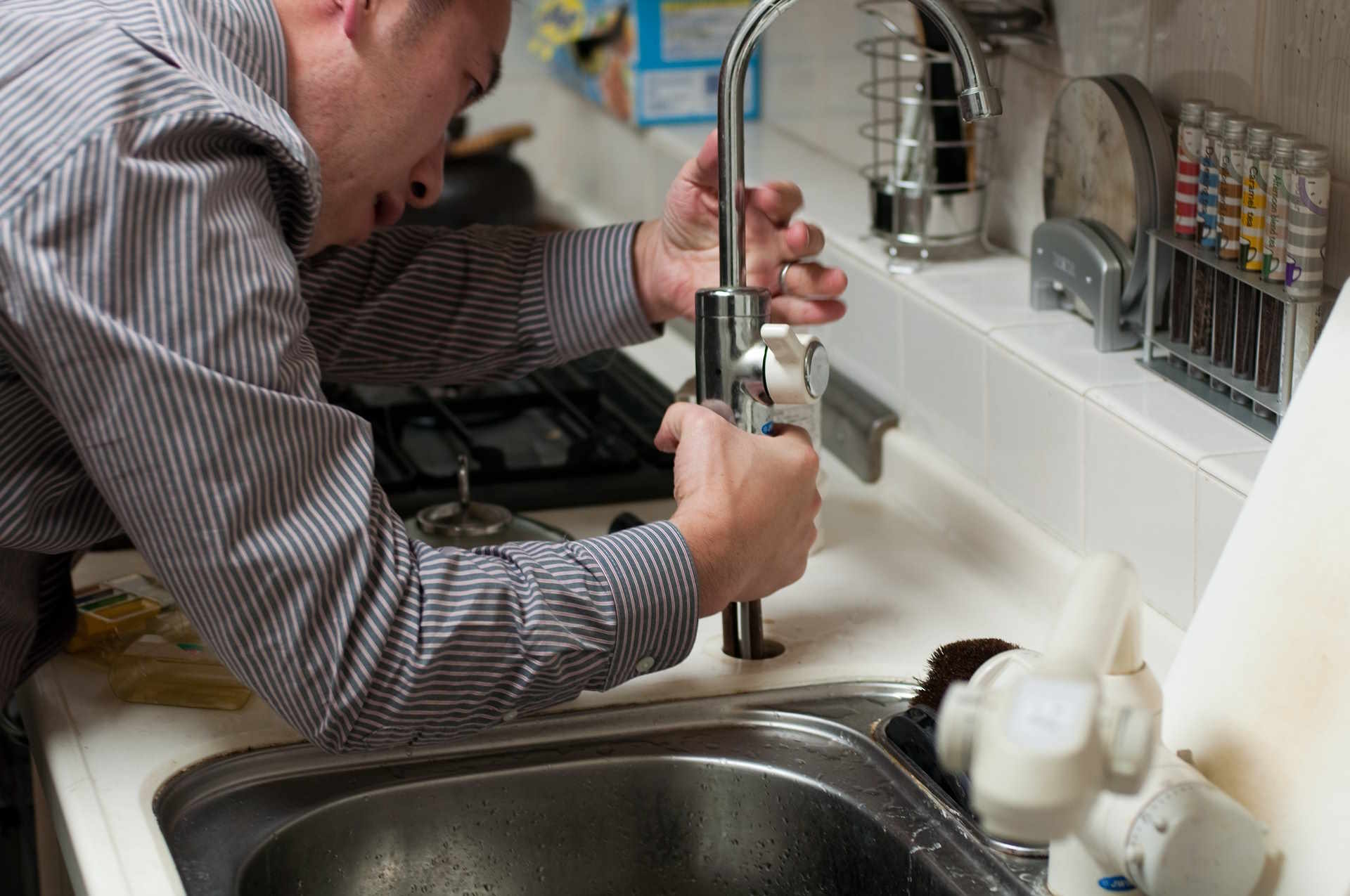A Homeowner’s Guide to Septic Tank Repair: Steps and Considerations
Septic tanks can develop problems over time, from clogged pipes to leaks or drainage issues. This guide outlines the common steps involved in septic tank repair, the factors homeowners should consider before scheduling service, and ways to help maintain system performance.
Understanding Common Septic Tank Problems
Septic system issues often present with distinctive warning signs that alert homeowners to potential problems. Slow drains throughout the house typically indicate a system that’s approaching capacity or experiencing blockages. Unusual odors, particularly near the drain field or tank access points, suggest improper waste breakdown or ventilation problems. Standing water or unusually lush grass patches above the drain field often signal leaks or overflow situations. Gurgling sounds from plumbing fixtures or sewage backups into fixtures are severe warning signs requiring immediate attention. System age is another factor, as many tanks begin experiencing structural or performance issues after 20-30 years of service, particularly if maintenance has been inconsistent.
Steps Typically Involved in Septic Tank Repair
The septic tank repair process generally follows a systematic approach regardless of the specific issue. Initially, professionals perform a thorough inspection using specialized cameras and tools to identify the exact problem location and severity. After diagnosis, the repair area is prepared by careful excavation to access the damaged components while minimizing landscape disruption. Depending on the diagnosis, repairs might involve replacing damaged pipes, fixing leaks, clearing blockages, or addressing drain field issues. More severe situations might require partial or complete tank replacement. Following repairs, professionals conduct testing to verify system functionality before backfilling excavated areas and restoring the landscape. Documentation of repairs provides homeowners with valuable records for future maintenance planning.
Professional vs. DIY Septic System Repairs
While minor maintenance tasks like inspecting for unusual odors or monitoring drainage performance can be handled by homeowners, most septic repairs require professional intervention. Professional septic specialists bring specialized equipment, technical knowledge, and safety protocols essential for proper system repairs. They understand local regulations and permit requirements that often govern septic work. DIY repairs risk personal safety through exposure to harmful gases and pathogens, potential property damage from improper techniques, and possible environmental contamination. Additionally, improperly executed repairs often lead to more extensive and costly problems later. Homeowners should focus on preventive maintenance practices like regular pumping schedules, water conservation, and avoiding harmful substances in drains rather than attempting complex repairs.
Considerations Before Arranging Professional Septic Service
Before scheduling professional septic tank repair, several factors warrant consideration. System age and history should guide repair versus replacement decisions, particularly for tanks approaching the 30-year mark. The repair’s scope and complexity affect both cost and timeline – simple pipe repairs might be completed in hours while drain field rehabilitation could take days. Emergency versus planned repairs significantly impact pricing, with after-hours or weekend service commanding premium rates. Environmental factors like soil conditions, water table height, and proximity to water bodies may complicate repairs and trigger additional regulatory requirements. Homeowners should also verify contractor qualifications including proper licensing, insurance coverage, and specialized septic system certifications to ensure quality workmanship and appropriate liability protection.
Septic Repair Costs and Service Providers
Septic repair costs vary widely based on problem severity, system accessibility, and regional labor rates. Minor repairs like replacing a baffle or fixing a simple pipe issue typically range from £200-£500. Tank lid replacements or pump repairs generally cost £500-£1,000. More extensive work such as drain field repairs might run £2,000-£5,000, while complete septic system replacement represents the costliest scenario at £5,000-£15,000 depending on system size and complexity.
| Repair Type | Typical Cost Range (£) | Timeframe |
|---|---|---|
| Minor repairs (baffles, pipes) | £200-£500 | 1-3 hours |
| Tank pump replacement | £500-£1,000 | 4-8 hours |
| Drain field repairs | £2,000-£5,000 | 2-5 days |
| Complete system replacement | £5,000-£15,000 | 3-7 days |
Prices, rates, or cost estimates mentioned in this article are based on the latest available information but may change over time. Independent research is advised before making financial decisions.
Preventive Maintenance to Avoid Major Repairs
Implementing preventive maintenance strategies significantly reduces the likelihood of costly emergency repairs. Scheduling regular professional inspections every 1-3 years allows early problem detection before issues become severe. Adhering to recommended pumping schedules – typically every 3-5 years depending on household size and usage patterns – prevents solids buildup and system overload. Water conservation through efficient fixtures and staggered usage protects against hydraulic overload. Being mindful about what enters the system by avoiding grease, harsh chemicals, and non-biodegradable items preserves beneficial bacterial action. Maintaining accurate system records including installation details, maintenance history, and repair documentation helps inform future service decisions and provides valuable information for property transfers.
Regular preventive care not only extends system lifespan but also protects property value and environmental health. By understanding septic system operation and implementing consistent maintenance practices, homeowners can minimize repair frequency and severity while maximizing their septic investment’s longevity and performance.





